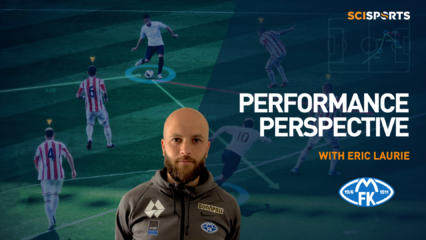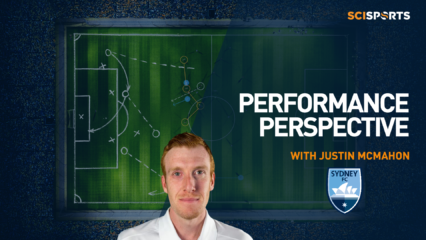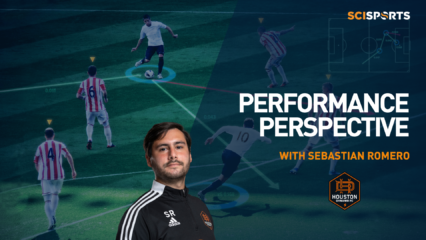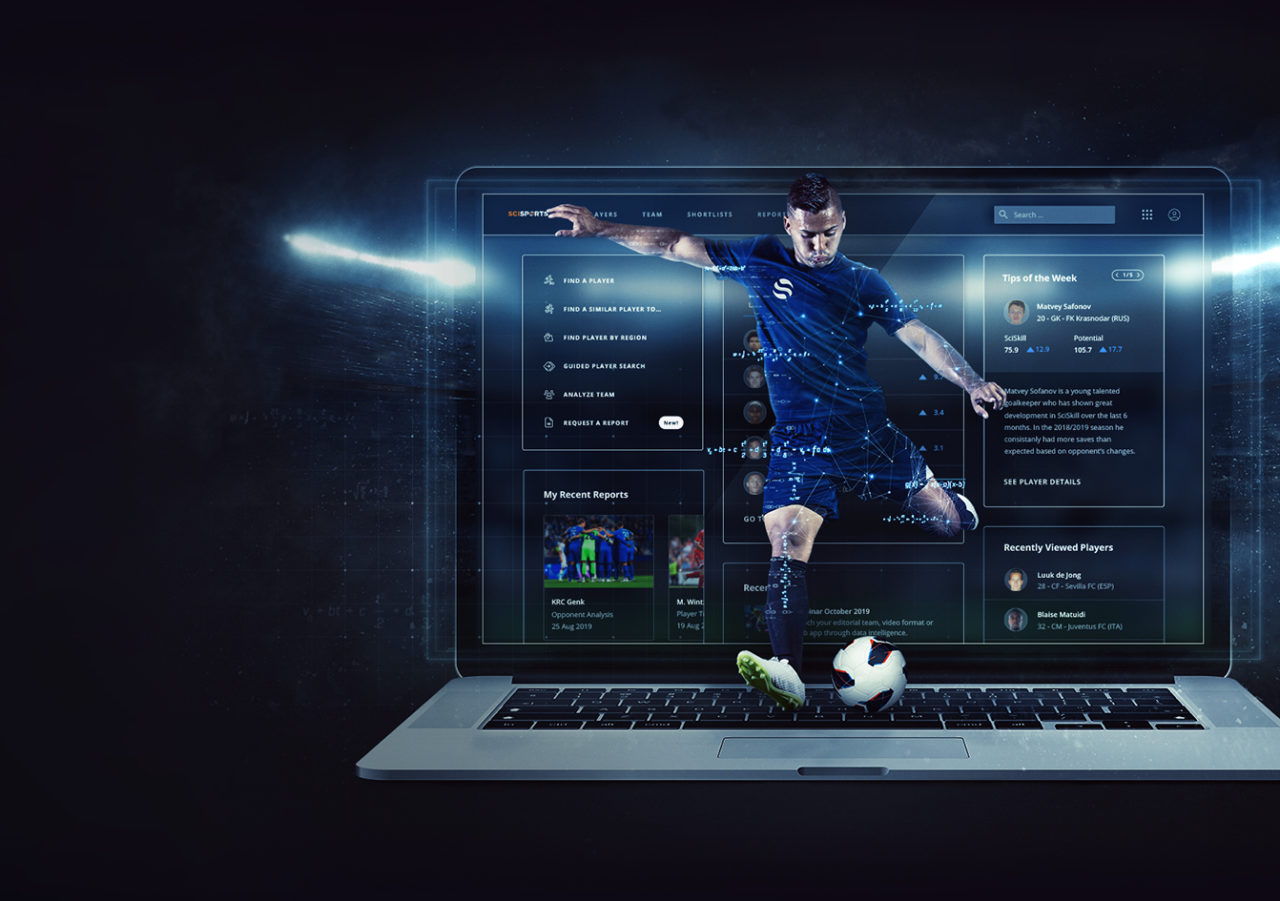
In this item called ‘In the field’ we share insights from domain experts directly from the football industry. The content is all about user cases and interesting developments from the usage of data analytics in the world of football. In this edition:
Tim Willocx, screener at the scouting department of KV Mechelen, playing in the Jupiler Pro League of Belgium.
What is your current function within the football industry and what are your most important tasks and responsibilities in this role?
My position is “Screener” at the scouting department of KV Mechelen, Belgium. As a screener, mapping different regions through data- and videoscouting is an important task. In which teams are the players that are interesting for us? That is the main question we want to solve.
In addition, validating incoming tips is also an important task for a screener.
Do you apply data analytics in your current role? If yes, how does data analytics give you more insight?
We use data from different parties during our scouting process. This data helps us, for example, in searching for players with a certain profile. We search for profiles by means of underlying data and statistics, so that we can estimate whether the player fits the profile that we are looking for. For instance, if we are looking for a winger with qualities like speed and depth in his style of play, but we see in the data that he makes few accelerations and sprints, then we can already say in advance that it is not the player that we are looking for.
What are the key questions you try (or would like) to answer with data analytics?
To make a quicker selection of which players are interesting and which are not. It is impossible to scout all players that are offered to us. This is also wasted time, which can be put into intensively scouting the players that are interesting.
In addition, an important point is finding players with the same profile as players who are not feasible. A top player from Real Madrid will not be feasible, but we can find a similar player who has a matching profile through the use of data.
How do you experience the developments of data analytics within your working field and do you follow the latest trends and developments actively?
The developments are very positive in my opinion. Because we are not the biggest club in terms of budget, we are forced to handle this creatively. The use of data and statistics helps us with that. We do not yet follow developments closely. In fact, we have only started a year ago with our new way of working (implement the use of data in our scouting process). We notice that we are still growing and learning from the use of current tools.
Opponents of the use of data in football say: “I don’t need data, my eyes can tell me if a player is a good player, if he played well, and if he is capable of playing for our club.” How important is the use of data analytics to give football professionals direction and confirmation compared to the human judgement of football professionals during the decision making process?
It is absolutely important. The data and statistics can determine whether or not to attract a player. However, in the final phase of a transfer (after the phases of datascouting, videoscouting and livescouting) we try to minimize the importance of the data and statistics. This is because we have had a player watched live several times by several scouts and ultimately find this more important. A player will not be followed at all if the data does not show that he could be of any interest.
In all sports worldwide the use of data analytics is becoming more popular. Do you believe data analytics has a big role to play in the future of football or do you feel it is just hype?
I suspect (and hope) that we are only in the early stages of using data in football. I think that data will go even deeper in the future, that there will be an even better analysis of a player before the player is seen live at all.
The error margin is also reduced due to the use and development of data. The better the analysis of a player, the greater the chance that it is indeed the right player. Of course, there are factors that can make things go wrong, but the chance of things going wrong is reduced by using data.
I do think that the combination of data analysis and video- and livescouting will never disappear. Data has already become very important, but it also remains “just” data. The context of the data will ultimately be the most important.
ABOUT US
ABOUT US

SERVICES
SERVICES







